I started looking into CSS more deeply and decided I would like to convert my site's html that mainly consists of tables to divs.
I'm trying to accomplish the same thing with divs as with tables on this test page. But I'm having a few problems:
- Couldn't make columns
- Vertical text alignment
How far I've gotten:

Code:
<style type="text/css">
body {
background-color:#000;
}
/* TABLE CSS */
td {
font-family: Tahoma;
font-size: 12px;
}
.line {
border-collapse:separate;
border:1px solid #222222;
border-spacing:1px 1px;
margin-left:auto;
margin-right:auto;
background-color: #000000;
padding: 1px;
width:400px;
}
.topic {
background-color:#3C0;
font-weight: bold;
height: 23px;
color:#FFF;
text-align:center;
}
.row {
background-color: #111111;
border-bottom: 1px solid black;
color: #ffffff;
height:12px;
line-height:21px;
padding:0px;
}
.row:Hover {
background-color: #252525;
}
/* DIV CSS */
div.line {
border-collapse:separate;
border:1px solid #222222;
border-spacing:1px 1px;
align:center;
background-color: #000000;
padding: 1px;
width:400px;
}
div.topic {
background-color:#3C0;
font-family: Tahoma;
font-size: 12px;
height: 23px;
font-color:#FFF;
text-align:center;
}
div.row {
background-color: #111111;
border-bottom: 1px solid black;
color: #ffffff;
padding:6px;
font-family: Tahoma;
font-size:12px;
}
div.row:Hover {
background-color: #252525;
}
</style>
<body>
<table class="line">
<tbody>
<tr>
<td class="topic" colspan="3">Table</td>
</tr>
<tr class="row">
<td width="20%" align="left">Test</td>
<td width="20%" align="center">1</td>
</tr>
<tr class="row">
<td align="left">Test</td>
<td align="center">2</td>
</tr>
</tbody>
</table>
<p>
<div class="line">
<div class="topic">Div</div>
<div class="row">Test</div><div class="row">1</div>
<div class="row">Test</div><div class="row">2</div>
</div>
</p>